If you’ve ever been tire shopping during the winter months, you’ve no doubt seen advertisements for winter or snow tires in addition to all season tires. But what is the difference between snow tires versus all season tires?
Although Atlanta doesn’t get a lot of snow, we often see ice during the winter months. If you’re planning to travel into states with snowy conditions this winter, knowing what type of tires to put on your car can help you stay safe this season.
Snow Tires Versus All Season Tires
You may be thinking that one tire is the same as another. In fact, different tires are designed for different types of conditions. Specialized tires may be designed for snow and ice, track days, offroading, summer driving, and more. Let’s look at the difference between snow tires versus all season tires.
What are Snow Tires?
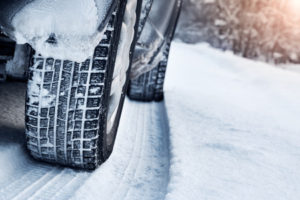 As the name suggests, snow tires are designed for wintry conditions. The materials that are used in snow tires stay soft and pliable even in cold weather, which gives them more traction. In addition to this, their tread design has wider gaps than those used on summer tires.
As the name suggests, snow tires are designed for wintry conditions. The materials that are used in snow tires stay soft and pliable even in cold weather, which gives them more traction. In addition to this, their tread design has wider gaps than those used on summer tires.
Because snow tires need to maximize traction in wet or slippery conditions, the tires themselves are designed to increase the amount of contact between the snow and the tire while minimizing slippage.
Snow tires may also feature metal studs that protrude from the rubber where the treads touch the road. You’ll need to check with your county or city jurisdiction to make sure that tires with studs are legal before you buy. Your local tire shop will also be familiar with the regulations in your area.
What are All Season Tires?
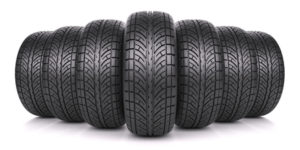 Most new cars come outfitted with all season tires by default. These tires are designed with longevity, a quiet and stable ride, and fuel economy in mind. They strike a median balance between summer and winter tires in terms of function and performance.
Most new cars come outfitted with all season tires by default. These tires are designed with longevity, a quiet and stable ride, and fuel economy in mind. They strike a median balance between summer and winter tires in terms of function and performance.
Although the name suggests that all season tires are usable in any condition, this is true up to a certain point. It may be helpful to think of them like wearing tennis shoes to the beach or the mountains. Tennis shoes work fine in either scenario, but there are shoes designed with a more specialized fit in mind.
All season tires are great for moderate driving conditions. They offer good performance whether the weather is hot, cold, wet, or lightly snowy or icy. But when it comes to heavy winter driving conditions, they simply aren’t as effective as snow tires.
If you have the ability to keep a spare set of tires in your garage and expect to be driving in snowy, icy conditions regularly, it may be a good idea to keep two sets and change your tires depending on the demands of the season.
Winter Car Maintenance at T3 Atlanta
T3 Atlanta recommends having an annual winter car inspection in order to change out fluids, add antifreeze, and any other outstanding items before the weather gets below freezing. If you haven’t had your winter car maintenance yet, make an appointment today. We are Lexus, Toyota, Infiniti, and Nissan specialists with convenient locations in Smyrna and Decatur.
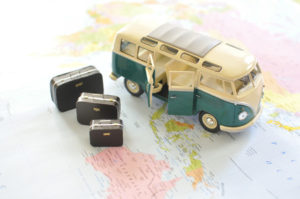 Although cell reception is widespread these days, there are still large parts of the US which do not have reception. Having a backup is a great way to avoid getting lost. Most state border visitor information centers will have free maps. You can also download offline copies of maps to your smartphone or tablet for easy reference.
Although cell reception is widespread these days, there are still large parts of the US which do not have reception. Having a backup is a great way to avoid getting lost. Most state border visitor information centers will have free maps. You can also download offline copies of maps to your smartphone or tablet for easy reference.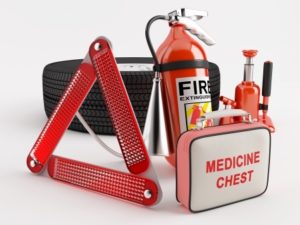 What to have in an emergency kit:
What to have in an emergency kit: Especially useful if you are travelling with kids, activities for the car will keep the young ones occupied so they aren’t constantly asking that age old question: “Are we there yet?”
Especially useful if you are travelling with kids, activities for the car will keep the young ones occupied so they aren’t constantly asking that age old question: “Are we there yet?”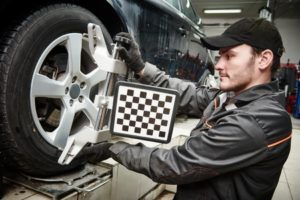 Despite what most people think, a car alignment has nothing to do with adjusting the tires or wheels. Instead, the alignment refers to how the suspension is adjusted, and how it makes the tire/wheel combination sit in relation to the road.
Despite what most people think, a car alignment has nothing to do with adjusting the tires or wheels. Instead, the alignment refers to how the suspension is adjusted, and how it makes the tire/wheel combination sit in relation to the road. A car that isn’t properly aligned doesn’t perform at its best. Poor alignment means you don’t enjoy handling that is as crisp as normal. Your vehicle will ride more roughly, negatively impacting comfort even if the road is smooth as glass.
A car that isn’t properly aligned doesn’t perform at its best. Poor alignment means you don’t enjoy handling that is as crisp as normal. Your vehicle will ride more roughly, negatively impacting comfort even if the road is smooth as glass.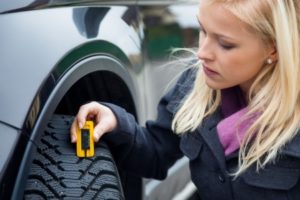 Uneven tire wear. Perhaps the most common sign, this includes the inside or outside edge of your tires wearing out faster than the rest of the tread. If both edges are worn down faster than the middle of the tread, that’s a sign you don’t keep your tires properly inflated.
Uneven tire wear. Perhaps the most common sign, this includes the inside or outside edge of your tires wearing out faster than the rest of the tread. If both edges are worn down faster than the middle of the tread, that’s a sign you don’t keep your tires properly inflated.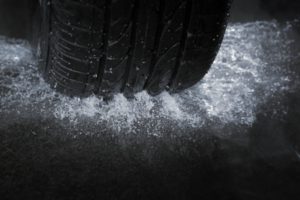 When being honest, most people will ask: what is hydroplaning? Simply put, hydroplaning is when water that has accumulated on the road is high enough that it sits between your tires and the actual road surface. In other words, the rubber is no longer touching pavement, and the car is essentially skipping along.
When being honest, most people will ask: what is hydroplaning? Simply put, hydroplaning is when water that has accumulated on the road is high enough that it sits between your tires and the actual road surface. In other words, the rubber is no longer touching pavement, and the car is essentially skipping along.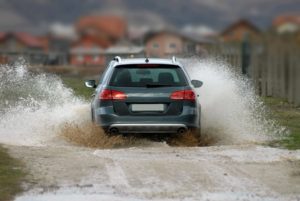 If it’s raining, or for some other reason you see water on the road, slow down. Don’t slam on the brakes, but do cut your speed significantly. Keep steering wheel movements gradual and not sudden.
If it’s raining, or for some other reason you see water on the road, slow down. Don’t slam on the brakes, but do cut your speed significantly. Keep steering wheel movements gradual and not sudden.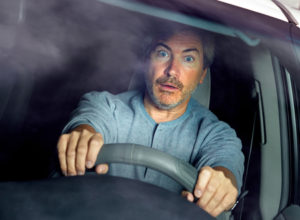 First off, you shouldn’t panic if your car starts to hydroplane.
First off, you shouldn’t panic if your car starts to hydroplane. Preparing your car for a summer road trip starts with addressing the most important elements on your vehicle. After surviving the brutalities of winter, your car needs some attention. These vehicle maintenance tips for summer driving address dormant problems before they become big issues and leave you stranded or worse.
Preparing your car for a summer road trip starts with addressing the most important elements on your vehicle. After surviving the brutalities of winter, your car needs some attention. These vehicle maintenance tips for summer driving address dormant problems before they become big issues and leave you stranded or worse.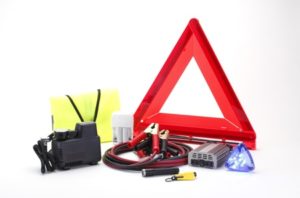 Most people think of winter when you mention survival kits, but kits for summer are just as important. A road trip survival kit for families can be the difference between being stranded without vital supplies, or being ready for the worst. Preparing your car for a summer road trip will help you tackle whatever might happen!
Most people think of winter when you mention survival kits, but kits for summer are just as important. A road trip survival kit for families can be the difference between being stranded without vital supplies, or being ready for the worst. Preparing your car for a summer road trip will help you tackle whatever might happen! Summer road trips are a lot of fun, especially if everything goes off without a hitch. If you head out prepared, you can have some peace of mind, knowing that if anything does happen, you can handle the situation.
Summer road trips are a lot of fun, especially if everything goes off without a hitch. If you head out prepared, you can have some peace of mind, knowing that if anything does happen, you can handle the situation.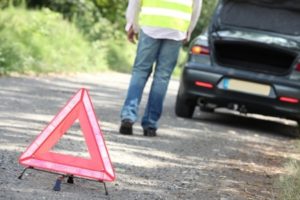 Visibility brings up another issue. If you’re stranded on the side of the road, especially at night, it can be hard for motorists to see you.
Visibility brings up another issue. If you’re stranded on the side of the road, especially at night, it can be hard for motorists to see you.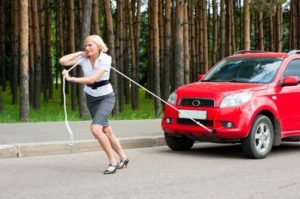 The first thing you want to do after ensuring you’re in secure spot is call on your phone for help. Atlanta has a service called HERO, which is run by the Georgia DOT Transportation Management Center. Just dial 511 on your phone for assistance. Know that the HERO service doesn’t include a tow truck, so you’ll have to call for one separately.
The first thing you want to do after ensuring you’re in secure spot is call on your phone for help. Atlanta has a service called HERO, which is run by the Georgia DOT Transportation Management Center. Just dial 511 on your phone for assistance. Know that the HERO service doesn’t include a tow truck, so you’ll have to call for one separately.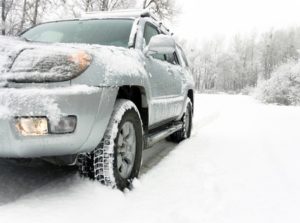 The biggest thing you need to contend with during the winter here is ice. Driving on ice safely is possible, but you need to be prepared and armed with solid information. First, realize you cannot stop quickly, so speed up and slow down gradually. You should also go under the speed limit, which was set with dry conditions in mind.
The biggest thing you need to contend with during the winter here is ice. Driving on ice safely is possible, but you need to be prepared and armed with solid information. First, realize you cannot stop quickly, so speed up and slow down gradually. You should also go under the speed limit, which was set with dry conditions in mind.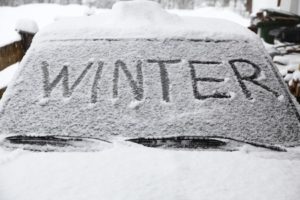 If you have to go out, always plan on trips taking longer. This means you should leave sooner so you’re not tempted to speed.
If you have to go out, always plan on trips taking longer. This means you should leave sooner so you’re not tempted to speed.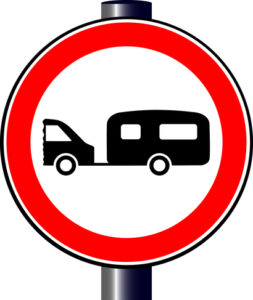 If you have something like a Rogue, do some homework before tackling the towing job. It’s best to look up the Nissan Rogue towing capacity as one of the first steps. After all, taking on a task without knowing the limits of your vehicle could easily turn into disaster.
If you have something like a Rogue, do some homework before tackling the towing job. It’s best to look up the Nissan Rogue towing capacity as one of the first steps. After all, taking on a task without knowing the limits of your vehicle could easily turn into disaster. Taking care of the trailer itself is something far too many people completely forget. Just like your vehicle, running the trailer with low or overinflated tires is just plain dangerous, especially in rainy, foggy, or dark conditions. Always check the tire pressure before setting out, adjusting it as needed. Before towing anything, perform a quick visual inspect for damage, excessive corrosion or other problems with the trailer.
Taking care of the trailer itself is something far too many people completely forget. Just like your vehicle, running the trailer with low or overinflated tires is just plain dangerous, especially in rainy, foggy, or dark conditions. Always check the tire pressure before setting out, adjusting it as needed. Before towing anything, perform a quick visual inspect for damage, excessive corrosion or other problems with the trailer.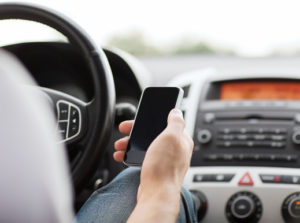 You can’t drive on the road like you aren’t towing a trailer, because doing just that will lead to problems. For starters, your compact SUV won’t handle like it normally does, thanks to the added weight from the trailer. Expect that stopping and accelerating will take significantly longer, and plan accordingly. Also, maneuvering through tight areas that otherwise wouldn’t be a challenge might not even be possible.
You can’t drive on the road like you aren’t towing a trailer, because doing just that will lead to problems. For starters, your compact SUV won’t handle like it normally does, thanks to the added weight from the trailer. Expect that stopping and accelerating will take significantly longer, and plan accordingly. Also, maneuvering through tight areas that otherwise wouldn’t be a challenge might not even be possible.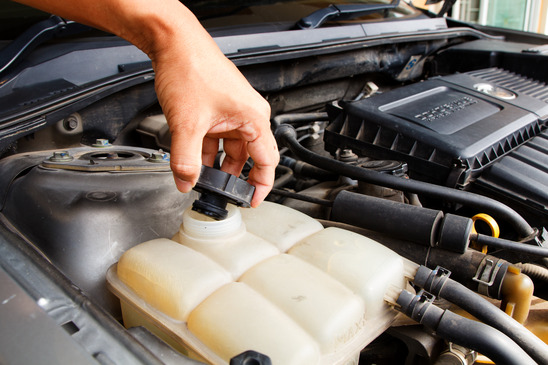 ways to prevent this from happening is to just check all of the fluids in your car before you head out. This includes the oil, coolant, power steering fluid, brake fluid and even the window washing fluid. It’s such an easy thing to do, but failure to execute on it can lead to a serious disaster.
ways to prevent this from happening is to just check all of the fluids in your car before you head out. This includes the oil, coolant, power steering fluid, brake fluid and even the window washing fluid. It’s such an easy thing to do, but failure to execute on it can lead to a serious disaster.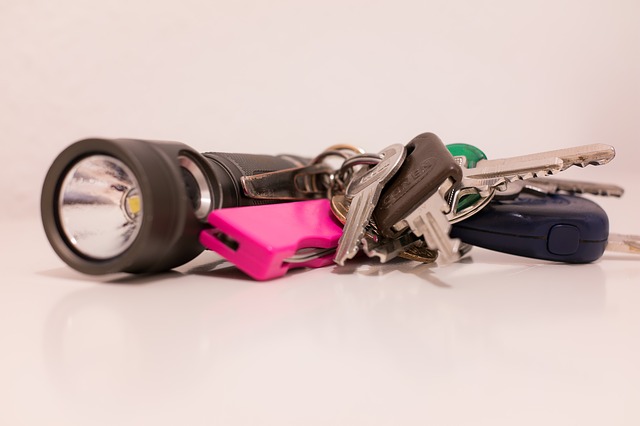 So many people these days depend on their smartphone for a small light. While this can work in a pinch around the house, the fact is having a good flashlight tucked in your glovebox is an incredibly wise idea. If you are stranded somewhere and night falls, you’ll have a trust light that doesn’t involve draining your phone battery.
So many people these days depend on their smartphone for a small light. While this can work in a pinch around the house, the fact is having a good flashlight tucked in your glovebox is an incredibly wise idea. If you are stranded somewhere and night falls, you’ll have a trust light that doesn’t involve draining your phone battery.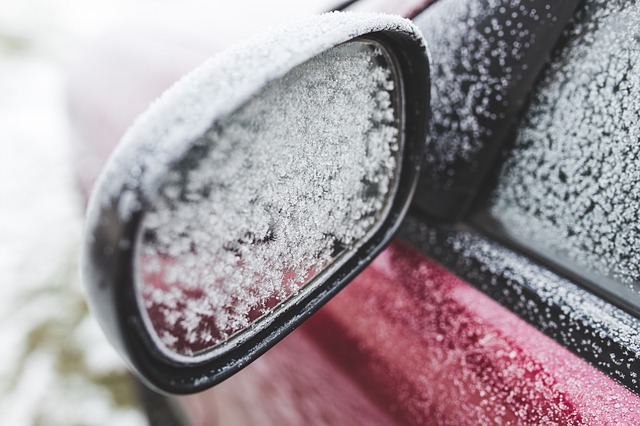 As winter approaches, always keep your vehicle in the best possible driving condition for the season. Lights, tires, brakes, wipers, the defroster and radiator are very important for winter driving.
As winter approaches, always keep your vehicle in the best possible driving condition for the season. Lights, tires, brakes, wipers, the defroster and radiator are very important for winter driving. 








